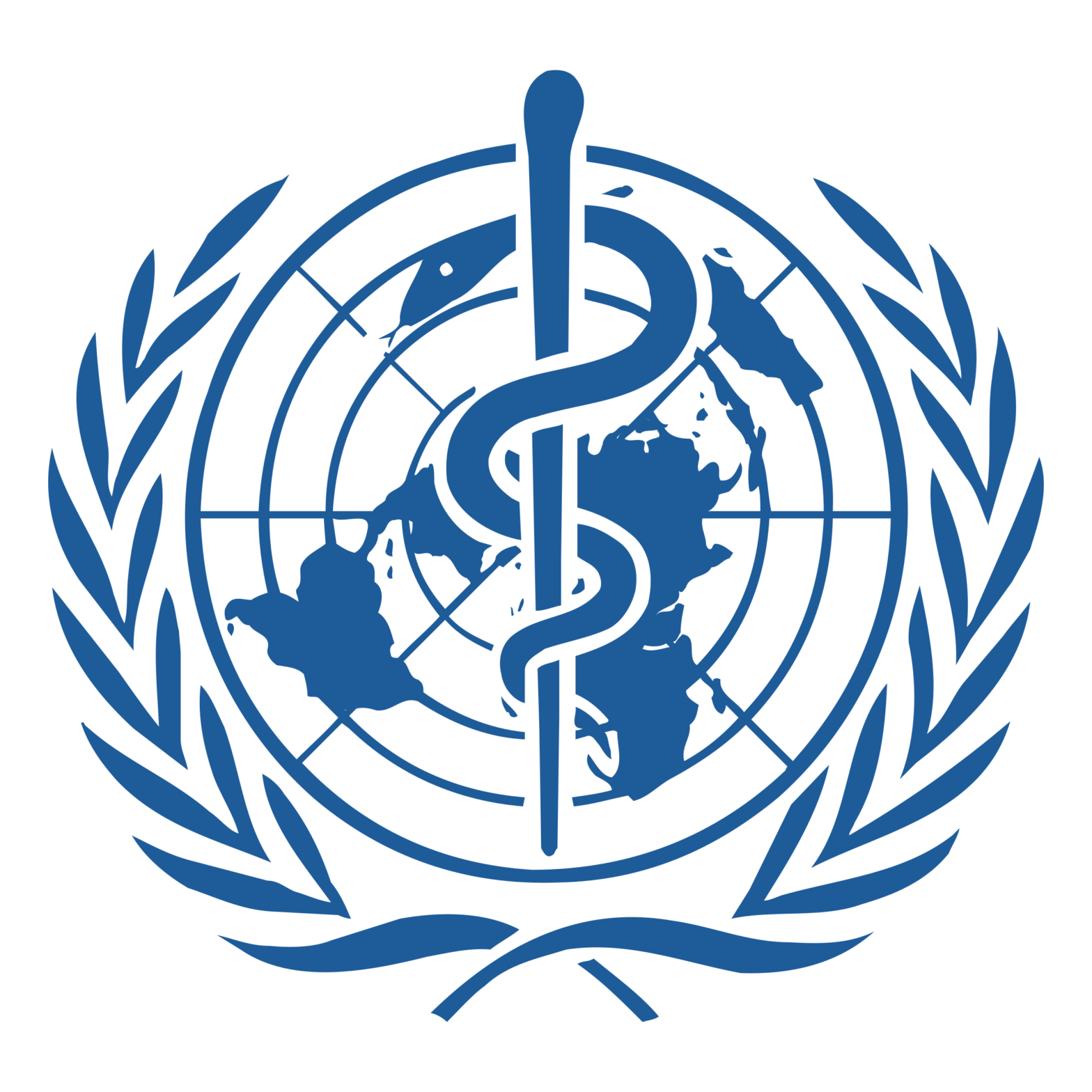who.int/dg/speeches/detail/who-director-general-s-opening-remarks-at-the-media-briefing-on-covid-19—5-march-2020
…
We are calling on every country to act with speed, scale and clear-minded determination.
Although we continue to see the majority of cases in a handful of countries, we are deeply concerned about the increasing number of countries reporting cases, especially those with weaker health systems.
However, this epidemic is a threat for every country, rich and poor. As we have said before, even high-income countries should expect surprises. The solution is aggressive preparedness.
We’re concerned that some countries have either not taken this seriously enough, or have decided there’s nothing they can do.
We are concerned that in some countries the level of political commitment and the actions that demonstrate that commitment do not match the level of the threat we all face.
This is not a drill.
This is not the time to give up.
This is not a time for excuses.
This is a time for pulling out all the stops.
Countries have been planning for scenarios like this for decades. Now is the time to act on those plans.
…
(NYT) China’s Battle Against Coronavirus: 7 Takeaways
(NYT) Inside China’s All-Out War on the Coronavirus
…
Do we know what this virus’s lethality is? We hear some estimates that it’s close to the 1918 Spanish flu, which killed 2.5 percent of its victims, and others that it’s a little worse than the seasonal flu, which kills only 0.1 percent. How many cases are missed affects that.
There’s this big panic in the West over asymptomatic cases. Many people are asymptomatic when tested, but develop symptoms within a day or two.
In Guangdong, they went back and retested 320,000 samples originally taken for influenza surveillance and other screening. Less than 0.5 percent came up positive, which is about the same number as the 1,500 known Covid cases in the province. (Covid-19 is the medical name of the illness caused by the coronavirus.)
There is no evidence that we’re seeing only the tip of a grand iceberg, with nine-tenths of it made up of hidden zombies shedding virus. What we’re seeing is a pyramid: most of it is above ground.
Once we can test antibodies in a bunch of people, maybe I’ll be saying, “Guess what? Those data didn’t tell us the story.” But the data we have now don’t support it.
——–2020-04-04 Matt’s Note: There has been more research and it seems asymptomatic trasnmission is likely———
That’s good, if there’s little asymptomatic transmission. But it’s bad in that it implies that the death rates we’ve seen — from 0.7 percent in parts of China to 5.8 percent in Wuhan — are correct, right?
I’ve heard it said that “the mortality rate is not so bad because there are actually way more mild cases.” Sorry — the same number of people that were dying, still die. The real case fatality rate is probably what it is outside Hubei Province, somewhere between 1 and 2 percent.
…
How did the Chinese reorganize their medical response?
First, they moved 50 percent of all medical care online so people didn’t come in. Have you ever tried to reach your doctor on Friday night? Instead, you contacted one online. If you needed prescriptions like insulin or heart medications, they could prescribe and deliver it.
But if you thought you had coronavirus?
You would be sent to a fever clinic. They would take your temperature, your symptoms, medical history, ask where you’d traveled, your contact with anyone infected. They’d whip you through a CT scan …
Wait — “whip you through a CT scan”?
Each machine did maybe 200 a day. Five, 10 minutes a scan. Maybe even partial scans. A typical hospital in the West does one or two an hour. And not X-rays; they could come up normal, but a CT would show the “ground-glass opacities” they were looking for.
(Dr. Aylward was referring to lung abnormalities seen in coronavirus patients.)
And then?
If you were still a suspect case, you’d get swabbed. But a lot would be told, “You’re not Covid.” People would come in with colds, flu, runny noses. That’s not Covid. If you look at the symptoms, 90 percent have fever, 70 percent have dry coughs, 30 percent have malaise, trouble breathing. Runny noses were only 4 percent.
The swab was for a PCR test, right? How fast could they do that? Until recently, we were sending all of ours to Atlanta.
They got it down to four hours.
How good were the severe and critical care?
China is really good at keeping people alive. Its hospitals looked better than some I see here in Switzerland. We’d ask, “How many ventilators do you have?” They’d say “50.” Wow! We’d say, “How many ECMOs?” They’d say “five.” The team member from the Robert Koch Institute said, “Five? In Germany, you get three, maybe. And just in Berlin.”
(ECMOs are extracorporeal membrane oxygenation machines, which oxygenate the blood when the lungs fail.)
Who paid for all of this?
The government made it clear: testing is free. And if it was Covid-19, when your insurance ended, the state picked up everything.
In the U.S., that’s a barrier to speed. People think: “If I see my doctor, it’s going to cost me $100. If I end up in the I.C.U., what’s it going to cost me?” That’ll kill you. That’s what could wreak havoc. This is where universal health care coverage and security intersect. The U.S. has to think this through.
What about the nonmedical response?
It was nationwide. There was this tremendous sense of, “We’ve got to help Wuhan,” not “Wuhan got us into this.” Other provinces sent 40,000 medical workers, many of whom volunteered.
In Wuhan, our special train pulled in at night, and it was the saddest thing — the big intercity trains roar right through, with the blinds down.
We got off, and another group did. I said, “Hang on a minute, I thought we were the only ones allowed to get off.” They had these little jackets and a flag — it was a medical team from Guangdong coming in to help.
…
Isn’t it possible only because China is an autocracy?
Journalists also say, “Well, they’re only acting out of fear of the government,” as if it’s some evil fire-breathing regime that eats babies. I talked to lots of people outside the system — in hotels, on trains, in the streets at night.
They’re mobilized, like in a war, and it’s fear of the virus that was driving them. They really saw themselves as on the front lines of protecting the rest of China. And the world.
The Coronavirus, by the Numbers
We’ve seen all sorts of numbers for fatality rates. Does the latest estimate of 3.4 percent globally make sense?
Early on, people looked at total current cases and deaths, which, as I said, is a flawed calculation, and concluded that the case fatality rate must be 2 percent based on China data. If you run the same calculation on yesterday’s totals for China, you get an apparent CFR (case fatality rate) of near 4 percent. People are speculating that something is happening with the virus, where it actually is just this statistical illusion that we’ve known about from Day 1. I’d say on best available data, when we adjust for unreported cases and the various delays involved, we’re probably looking at a fatality risk of probably between maybe 0.5 and 2 percent for people with symptoms.
…
If you were the average person, what would you pay attention to — in terms of the news and the numbers?
One signal to watch out for is if the first case in an area is a death or a severe case, because that suggests you had a lot of community transmission already. As a back of the envelope calculation, suppose the fatality rate for cases is about 1 percent, which is plausible. If you’ve got a death, then that person probably became ill about three weeks ago. That means you probably had about 100 cases three weeks ago, in reality. In that subsequent three weeks, that number could well have doubled, then doubled, then doubled again. So you’re currently looking at 500 cases, maybe a thousand cases.
I think the other thing that people do need to pay attention to is the risk of severe disease and fatality, particularly in older groups, in the over-70s, over-80s. Over all we’re seeing maybe 1 percent of symptomatic cases are fatal across all ages. There’s still some uncertainty on that, but what’s also important is that 1 percent isn’t evenly distributed. In younger groups, we’re talking perhaps 0.1 percent, which means that when you get into the older groups, you’re potentially talking about 5 percent, 10 percent of cases being fatal.
marketwatch.com/story/why-this-epidemiologist-is-more-worried-about-coronavirus-than-he-was-a-month-ago
threadreaderapp.com/thread/1236095180459003909.html
We’re looking at about 1M US cases by the end of April, 2M by ~May 5, 4M by ~May 11, and so on. Exponentials are hard to grasp, but this is how they go. 4/n
As the healthcare system begins to saturate under this case load, it will become increasingly hard to detect, track, and contain new transmission chains. In absence of extreme interventions, this likely won’t slow significantly until hitting >>1% of susceptible population. 5/n
What does a case load of this size mean for healthcare system? We’ll examine just two factors — hospital beds and masks — among many, many other things that will be impacted.
The US has about 2.8 hospital beds per 1000 people. With a population of 330M, this is ~1M beds. At any given time, 65% of those beds are already occupied. That leaves about 330k beds available nationwide (perhaps a bit fewer this time of year with regular flu season, etc). 7/n
Let’s trust Italy’s numbers and assume that about 10% of cases are serious enough to require hospitalization. (Keep in mind that for many patients, hospitalization lasts for *weeks* — in other words, turnover will be *very* slow as beds fill with COVID19 patients). 8/n
By this estimate, by about May 8th, all open hospital beds in the US will be filled. (This says nothing, of course, about whether these beds are suitable for isolation of patients with a highly infectious virus.) 9/n
If we’re wrong by a factor of two regarding the fraction of severe cases, that only changes the timeline of bed saturation by 6 days in either direction. If 20% of cases require hospitalization, we run out of beds by ~May 2nd. 10/n
If only 5% of cases require it, we can make it until ~May 14th. 2.5% gets us to May 20th. This, of course, assumes that there is no uptick in demand for beds from *other* (non-COVID19) causes, which seems like a dubious assumption. 11/n
![]()


